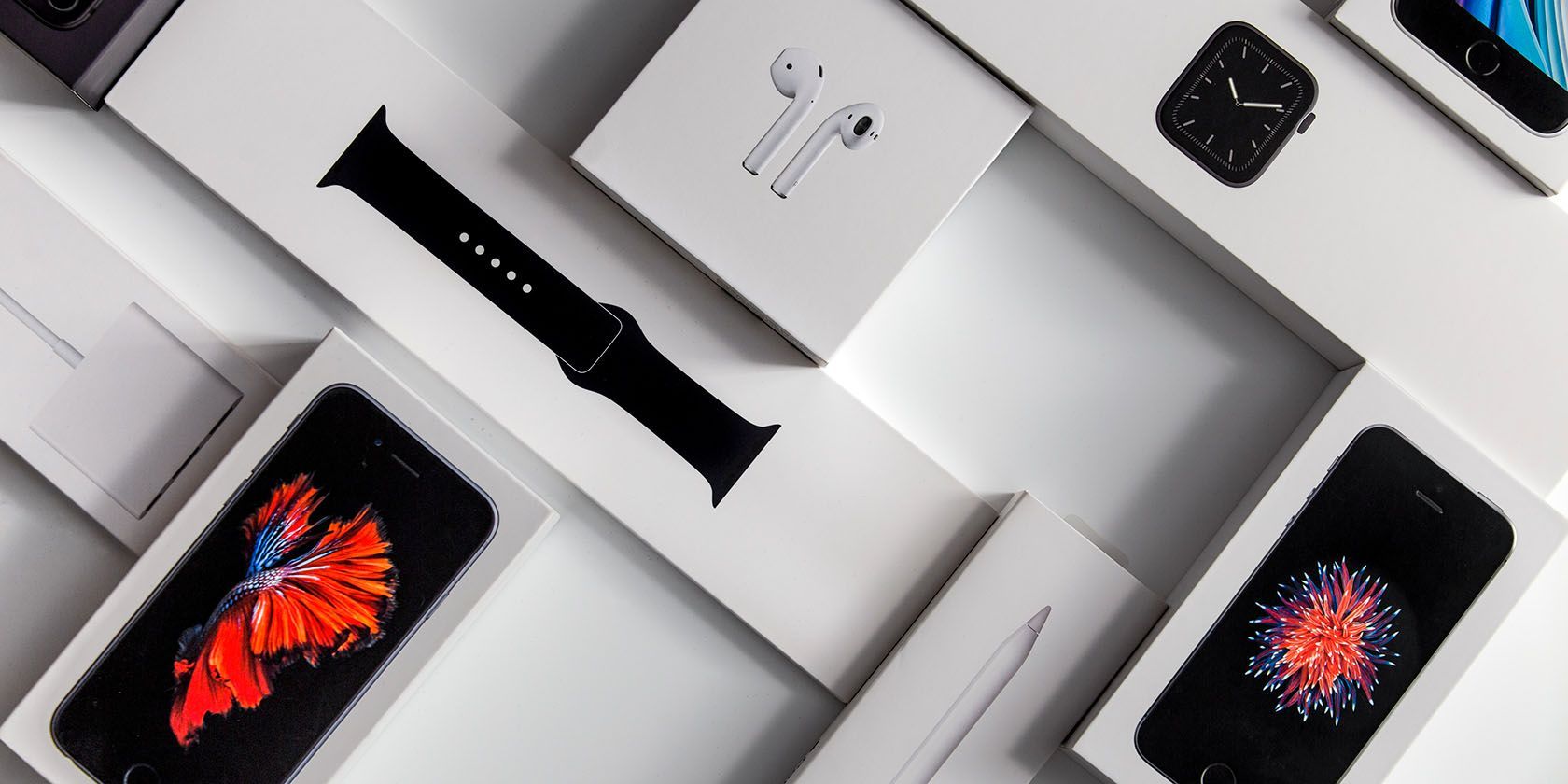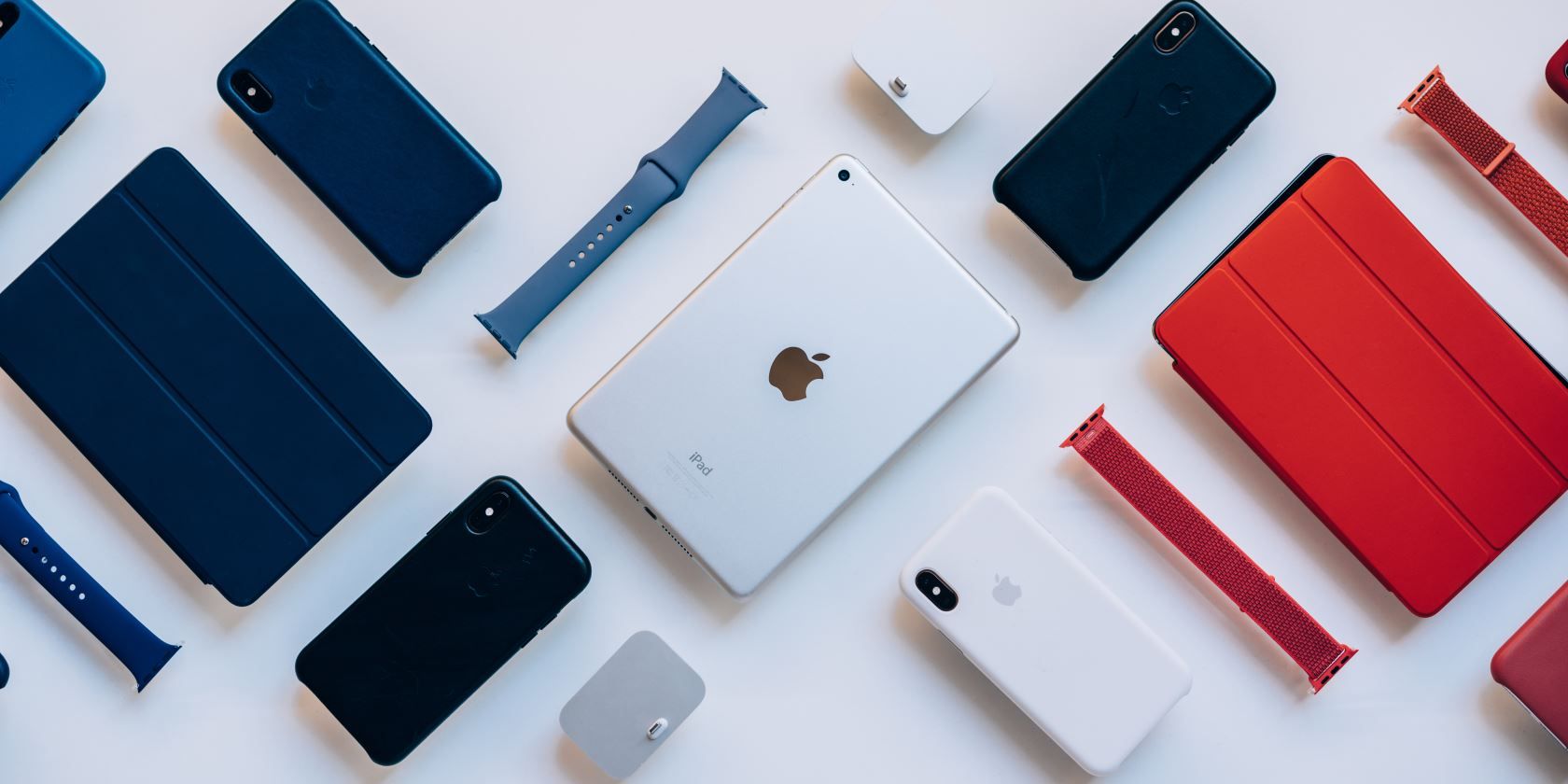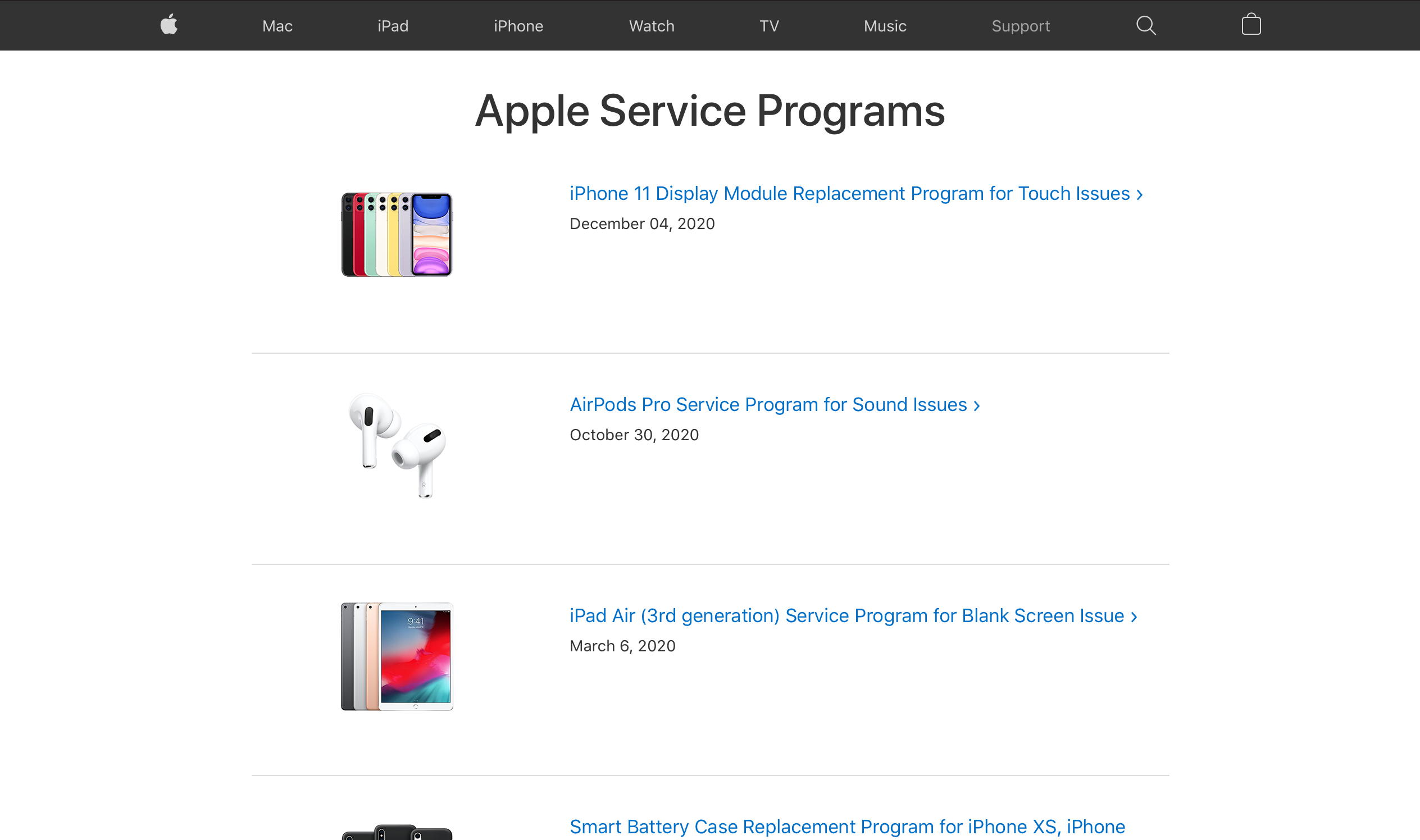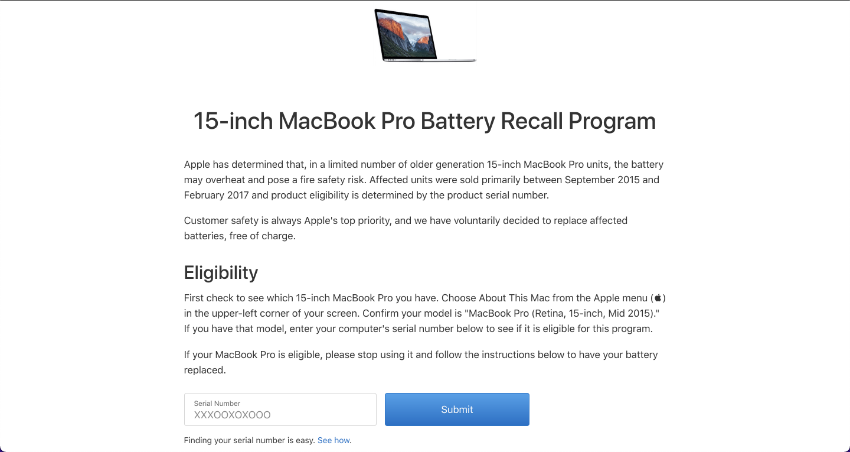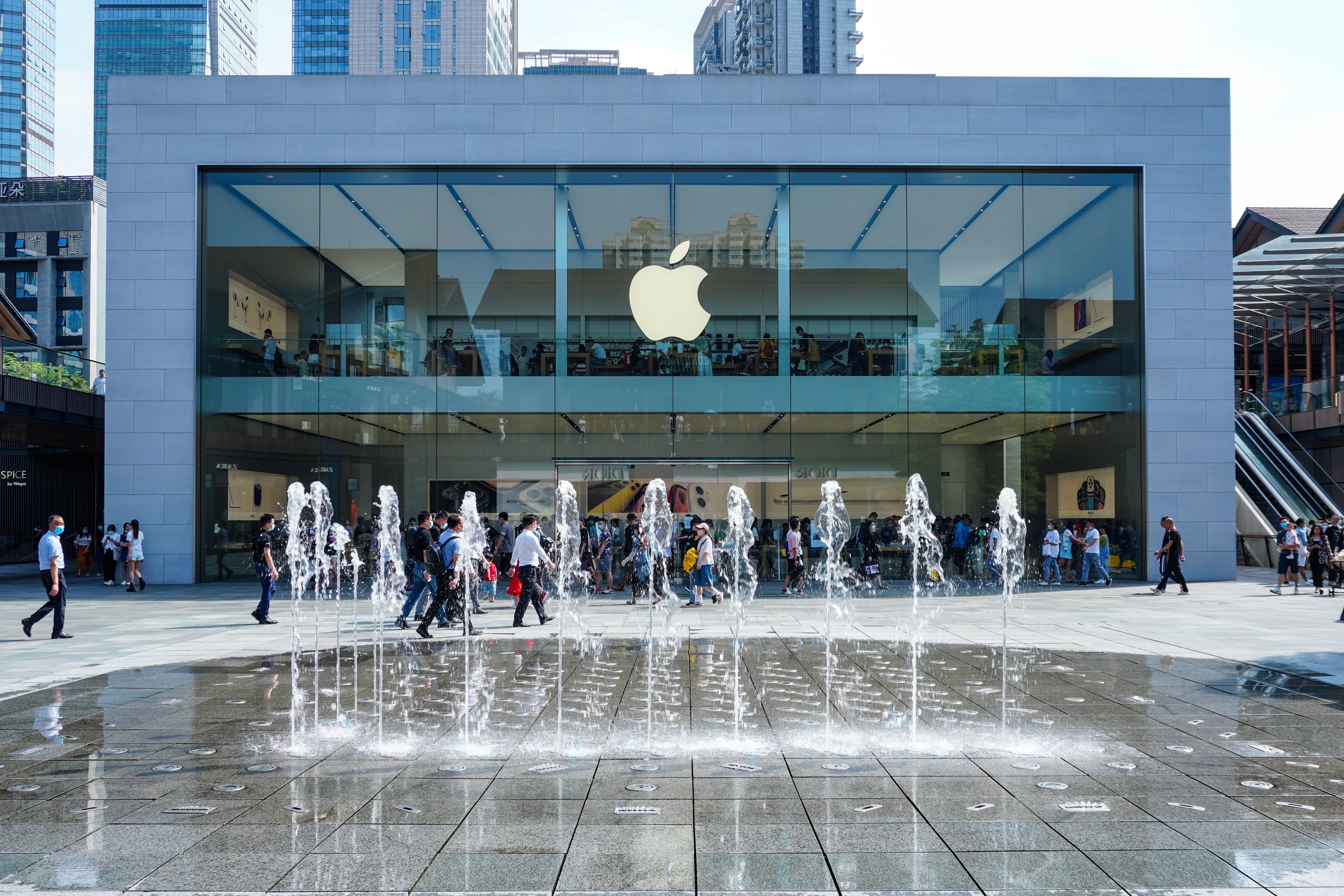Have you ever found that your Apple device is behaving strangely for no particular reason? It may be affected by a manufacturing issue and could now be part of a product recall.
Apple recalls products that suffer critical issues affecting the device performance. With a recall program, Apple offers to either repair or exchange the affected devices for free. So, what Apple devices have been recalled? And how do you know if yours is one of them?
What Are Recalled Apple Products?
From the USB Power Adapter to the iPhone, the AirPods to the MacBook, Apple has a history of recalling almost every type of device at one time or another. Recalls happen anywhere from months to years after a product originally came out. In fact, Apple devices have manifested recall issues at all kinds of different times.
There are also cases wherein a device has undergone a repair or exchange, but exhibited the same issues again after years of regular use. In these cases, an authorized Apple repair center will be able to determine if you are still eligible for another round.
Many people don’t realize their devices qualify for these programs until they bring them in for repair anyway. However, even if your device is not exhibiting the problematic symptoms of the recalled models, checking for recalls can help you avoid encountering those issues in the future.
While official Apple announces recalled products on its official channels, many people do not regularly check these for information after purchase, so they miss the notifications. Thankfully, Apple makes it easy to check for yourself online. Here’s how.
How Do I Find Out If My Apple Device Is Part of a Recall Program?
If you suspect that your device is not performing up to standard, go to the Apple Service Program page. Then, browse the list of devices to check if your Apple device is on the list.
Next, select your device type from the list provided and input your country or region. Make sure to input the country where you purchased your device, which influences whether it's covered by the recall program.
Then, find your device serial number, enter it into the relevant box, and select Submit. From here, you can see if your device is eligible for the recall program.
How Do I Get My Recalled Apple Device Fixed or Replaced?
Once you have determined that your model device is eligible for recall, you have three options:
- Walk into an Apple-authorized service provider
- Make an appointment at an Apple Retail Store
- Or contact Apple Support for a mail-in service.
For data protection reasons, back up your device and log out of all your accounts before sending your device in for repair. You may want to sync data to iCloud and create a backup to prevent losing your photos, videos, and apps.
Take note that if your device has any additional damage that makes repair for the recall impossible, you will need to pay Apple to repair that issue first. For example, a cracked iPhone screen can prevent a battery replacement. In this scenario, Apple would need to charge you a screen repair before giving you the free battery replacement.
Why Is My Device Not Eligible for Recall?
Apple still has final say for any free repairs or replacements. And there are several reasons why Apple may refuse to service your device, even if it has been recalled. Some recall notices also have set conditions that affect acceptance.
For example, the ongoing recall for the MacBook models affected by "staingate" are only valid for four years after the initial purchase. This means that if your device manifests these issues after four years, you will need to pay for the repair yourself.
In general, any history of tampering with your device or getting repairs from non-authorized providers will also invalidate a recall program. Even if your device works perfectly, Apple-certified technicians can usually tell if they were not the ones who carried out a repair.

